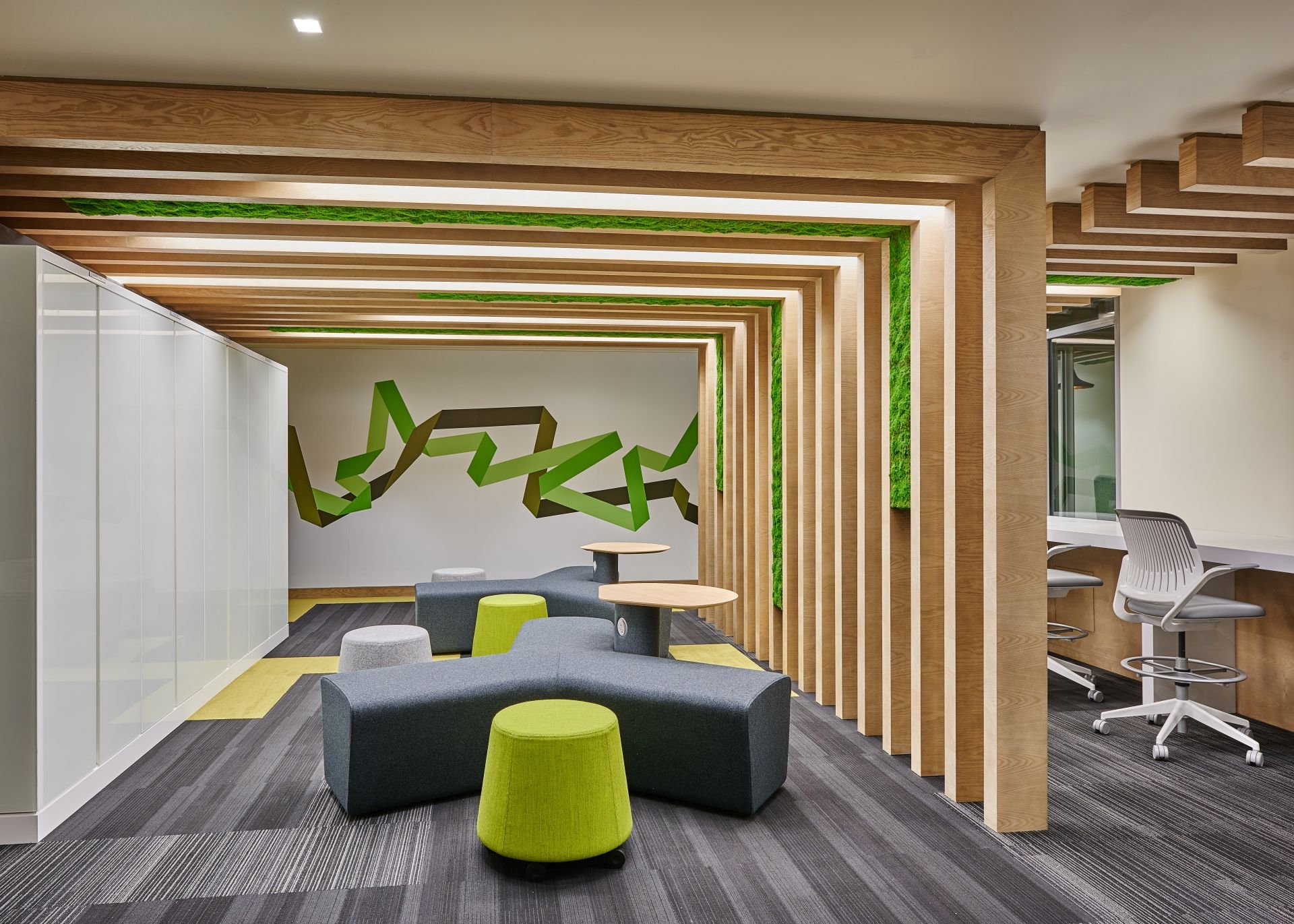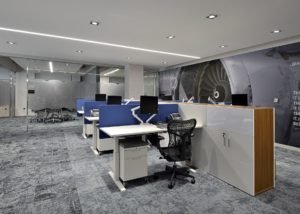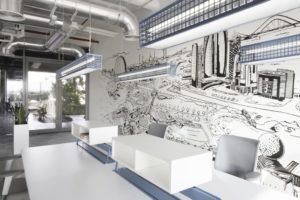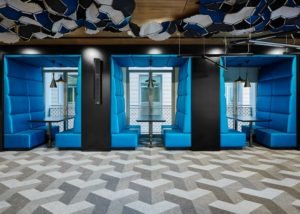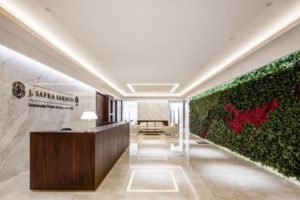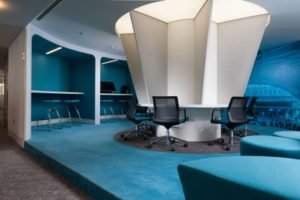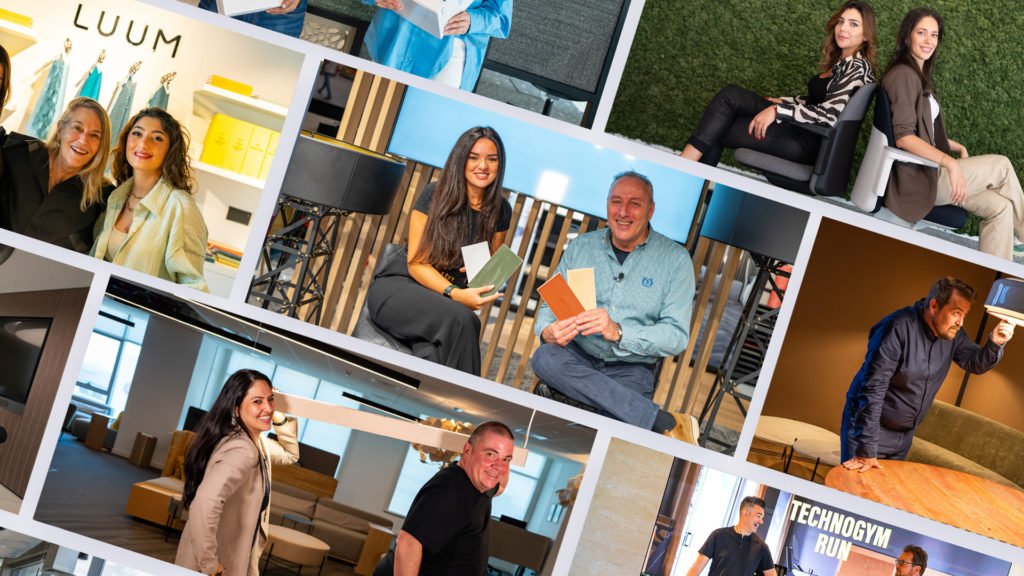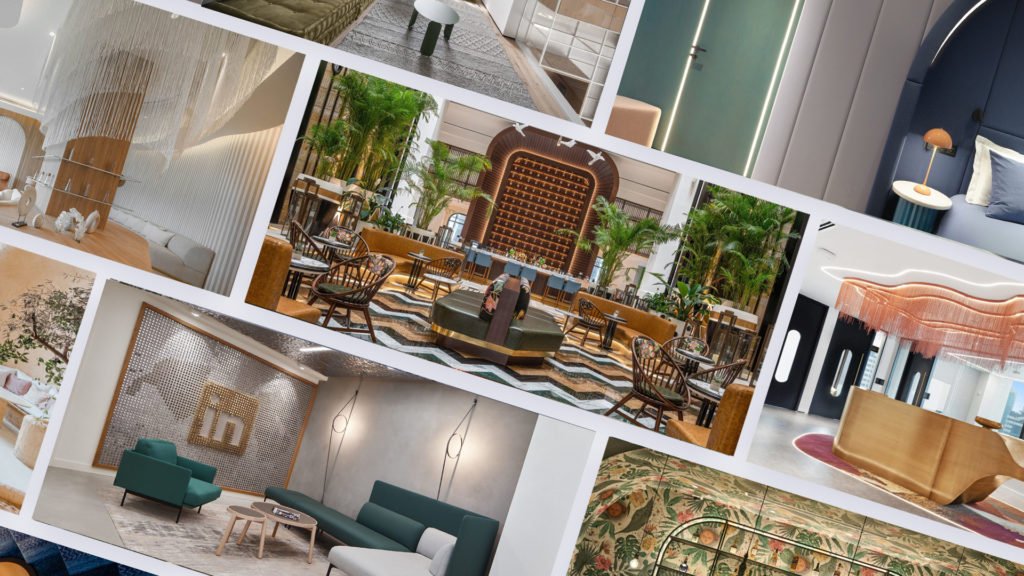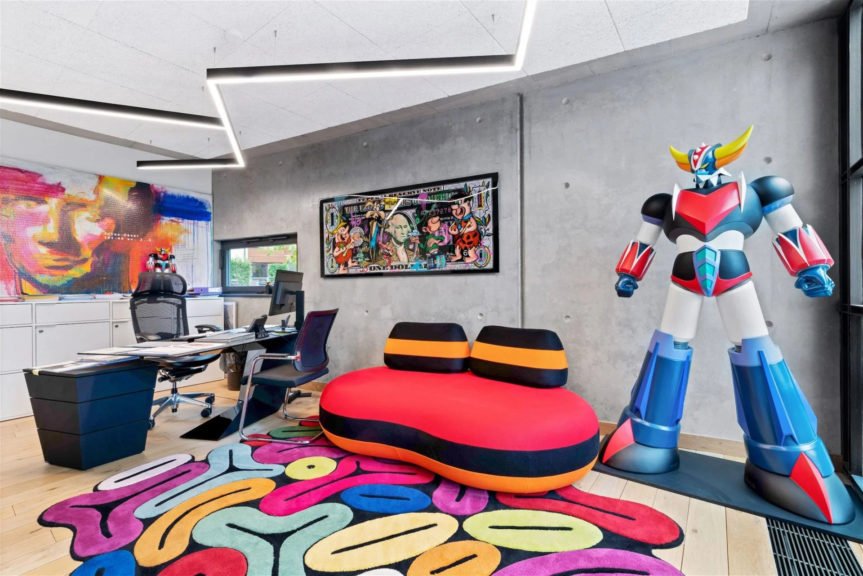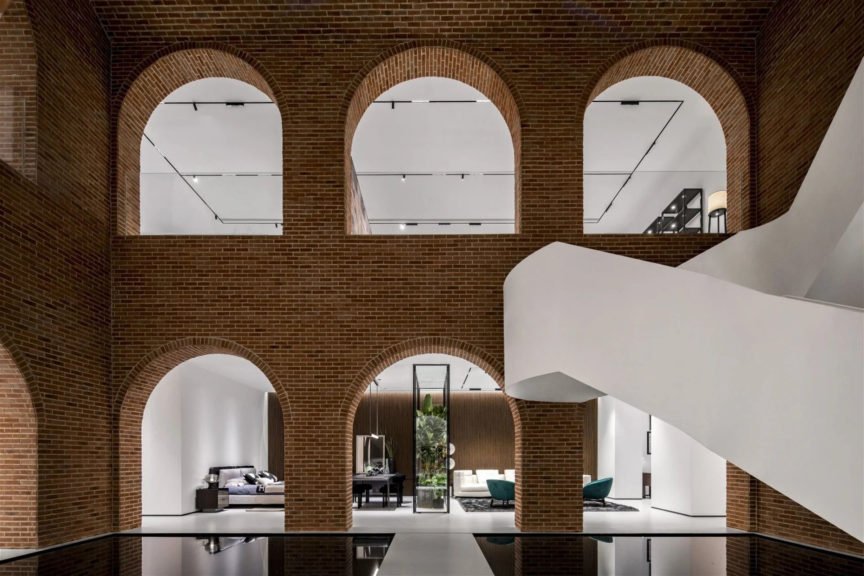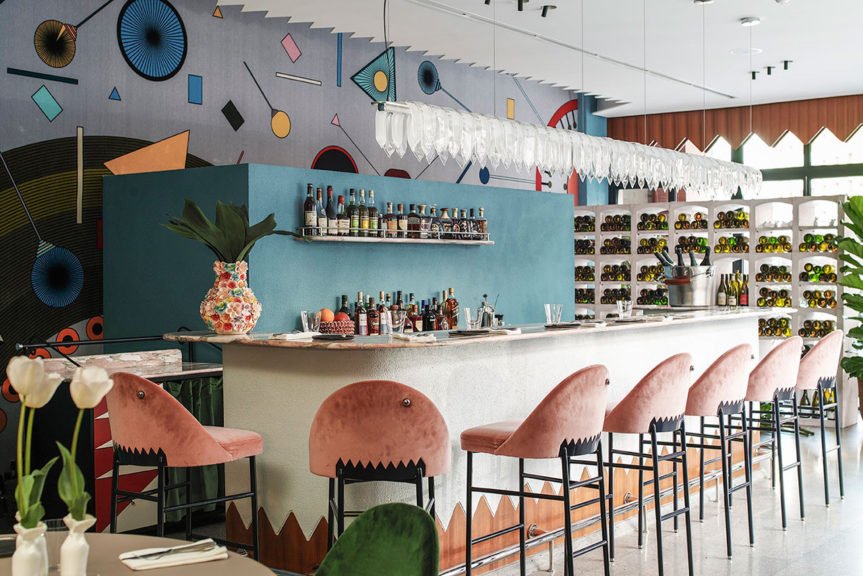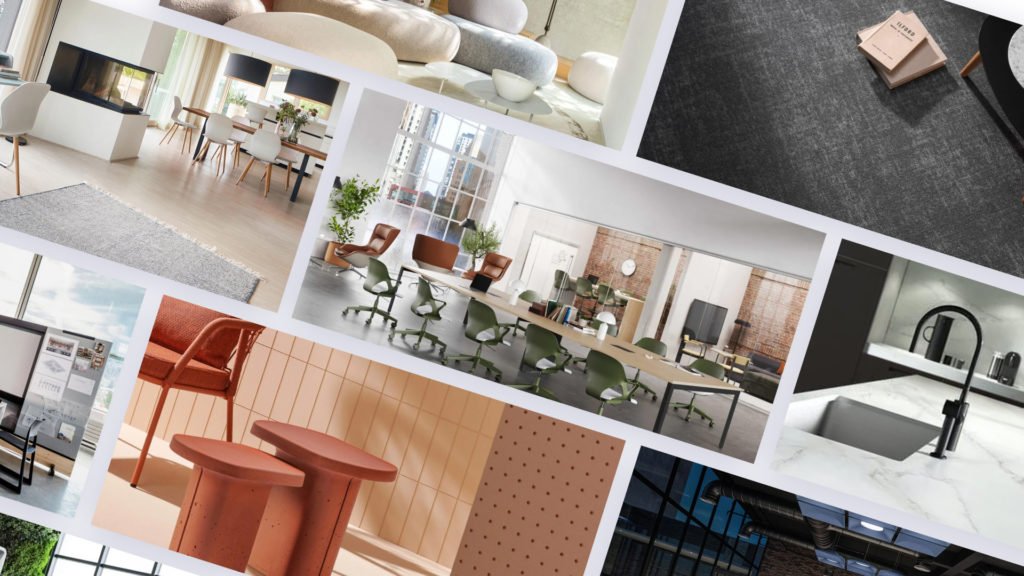Every passing year brings with it an additional layer of complexity to the workspace design process, with workspaces transforming and adapting according to the ever-growing list of demands from the current workforce, one that includes professionals from every generation post-Baby Boomers. But the real challenge lies in having to balance the many regional expectations and the cultural influences that affect the design process. The result is a unique flavor that’s added to every design and project.
In our endeavor to understand where the Middle East currently stands in this context, we ask leading design firms on their thoughts on the matter, whether the region is on par with the rest of the world, and what’s currently happening at the drawing board.

